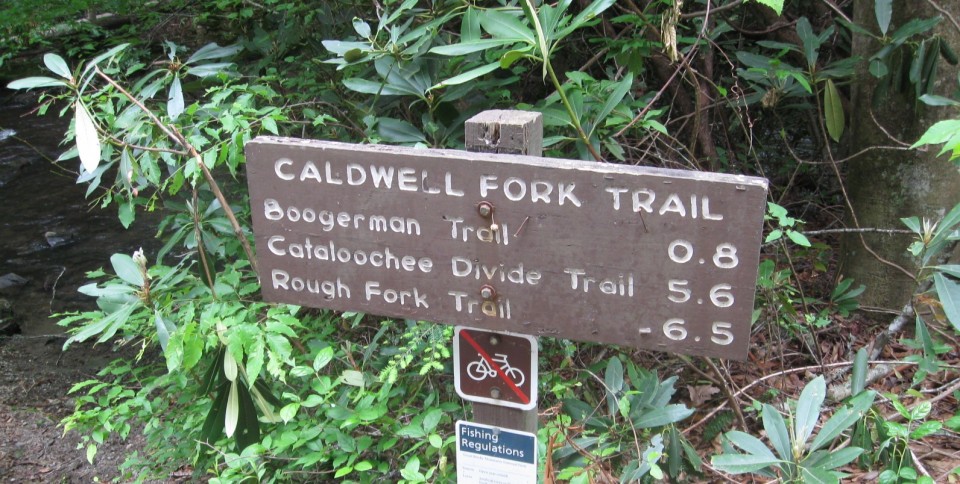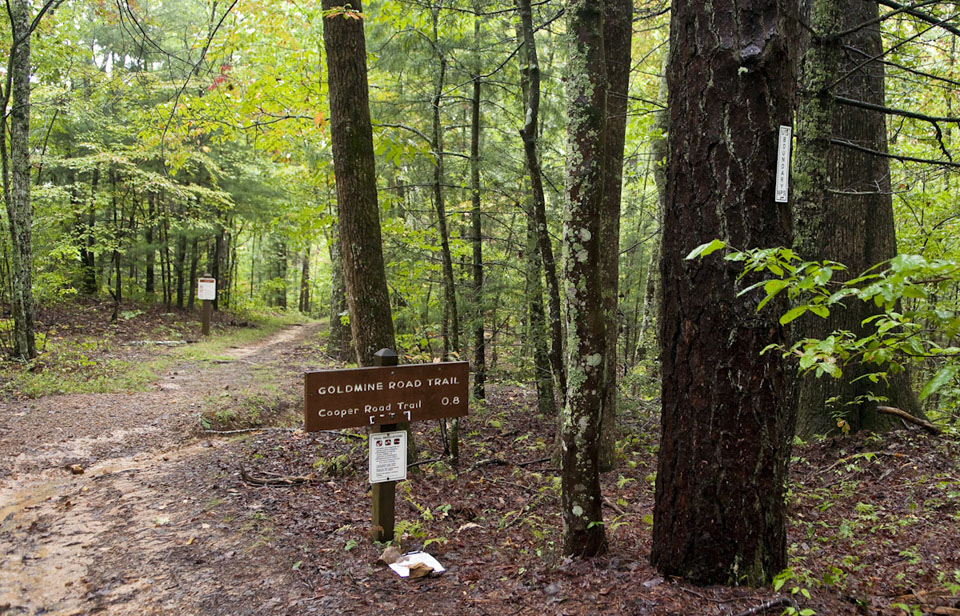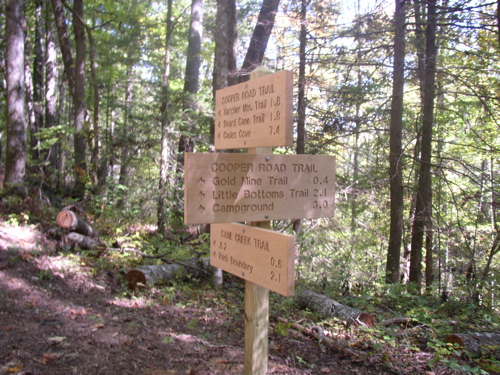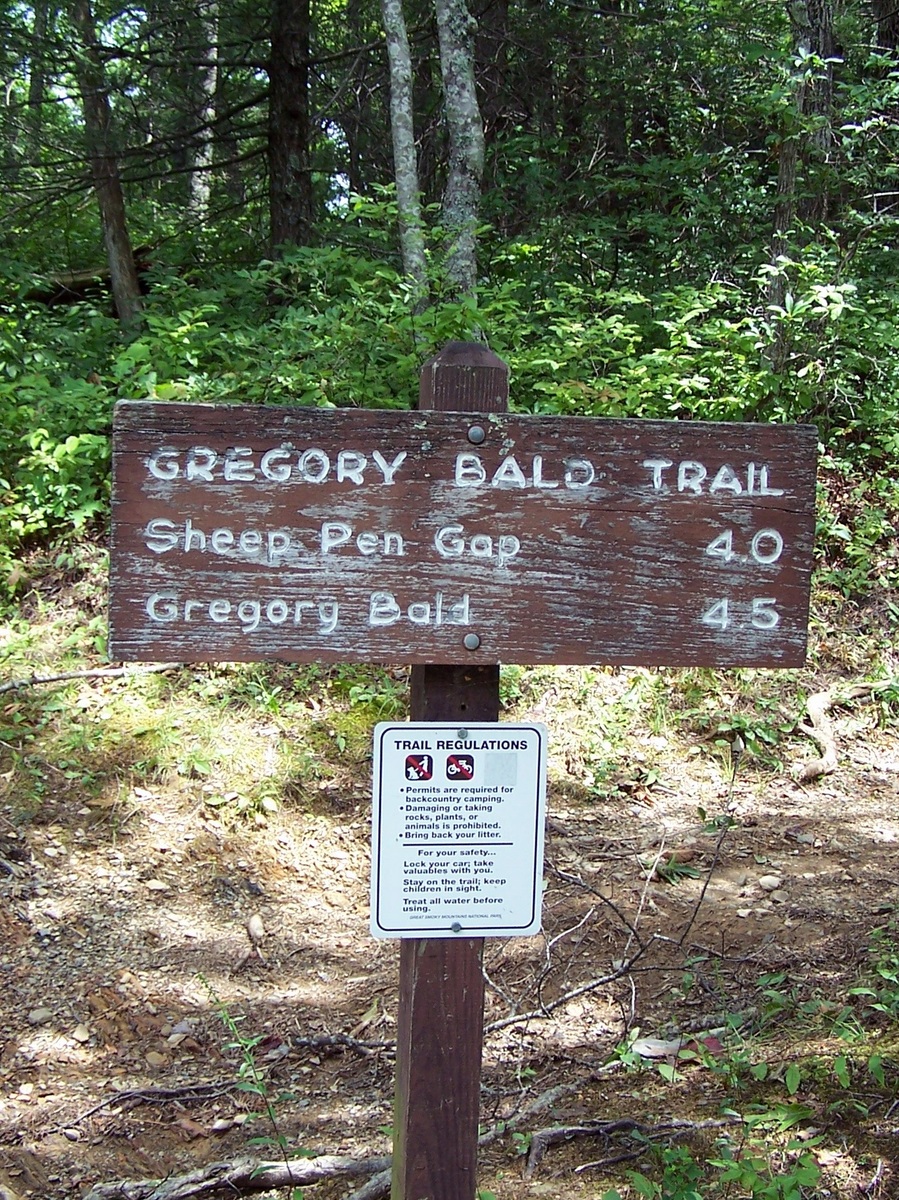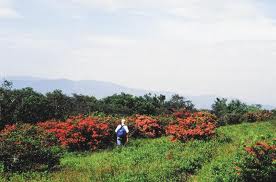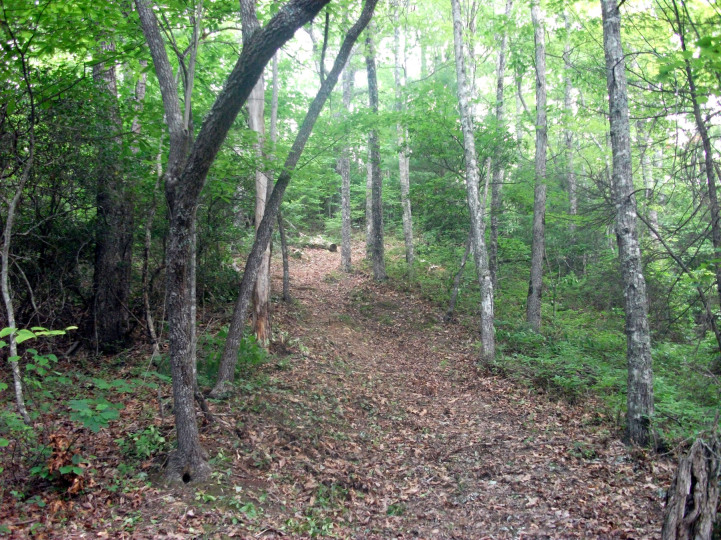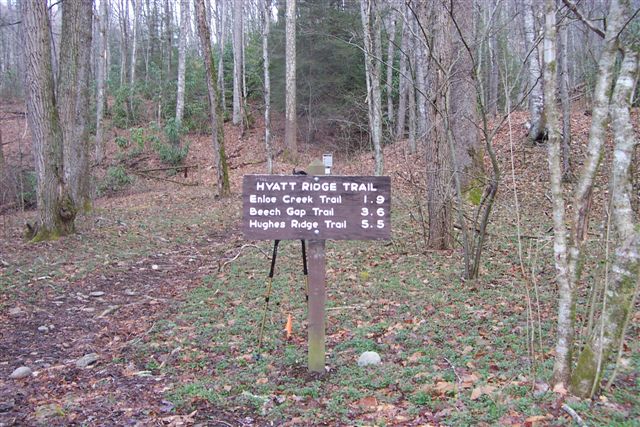At 3.2 miles in length the Big Fork Ridge Trail is an easy jaunt for new hikers and a great day hike for those of you who want to get out and see the majestic splendor of the Great Smoky Mountains National Park.
From Interstate 40 in North Carolina, take exit 20 – NC Hwy. 276, to Cove Creek Road traveling west. You’ll follow it to Cataloochee Road, past the campground and ranger station before reaching the trailhead 0.8 miles down Rough Fork Road on the left.
Who would’ve known that this trail travels over the Big Fork Ridge? Crazy, right? At 0.8 miles into the trail, you’ll pass the Rough Fork by foot log, then be spit out into an open field. The trail leads across the field to a red maple forest – a wonderful sight during the fall months. You’ll start climbing soon after and at the 1 mile mark you’ll bend tot he right on a slope that really gets its share of sun during good weather. the trail and the ridge levels and if you’ll notice, you can hear the Rough Fork below.
You’ve reached the summit of Big Fork Ridge at the 1.8 mile marker. There are two horse hitches here so if you’re on horseback, hop off and enjoy the view! You’ll proceed down the southside as the trail continues down the ridge. It’s a sassafras and mountain laurel haven in this dry ecosystem.
Notice the views from the northern end of the Caldwell Fork Valley. At 3.1 miles, the trail crosses Caldwell Fork by footbridge before reaching the finale of the Big Fork Ridge Trail at its junction with the Caldwell Fork Trail. Happy hiking!
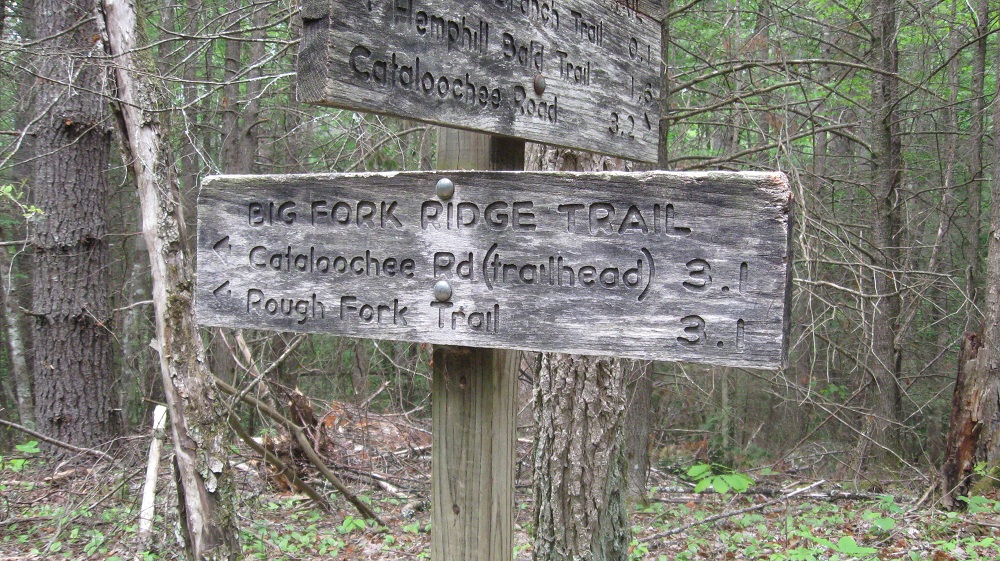
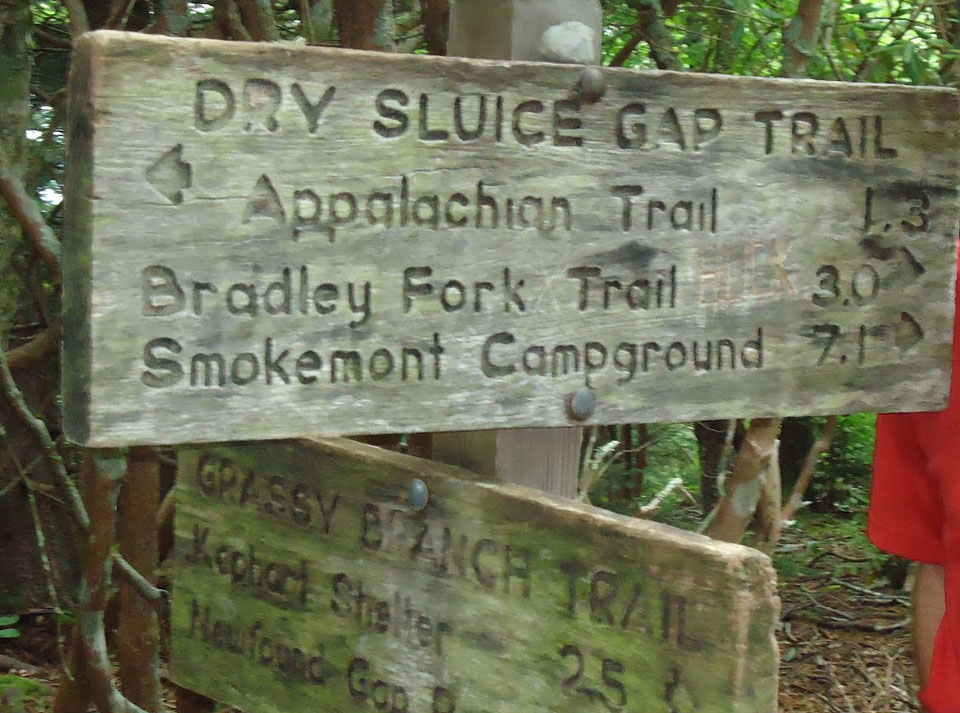
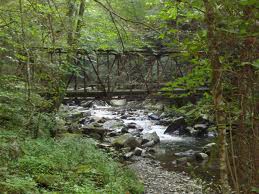 Starting out at Newfound Gap, you’ll hike a good 4.4 miles before reaching trail by way of the AT north east past Icewater Springs.
Starting out at Newfound Gap, you’ll hike a good 4.4 miles before reaching trail by way of the AT north east past Icewater Springs.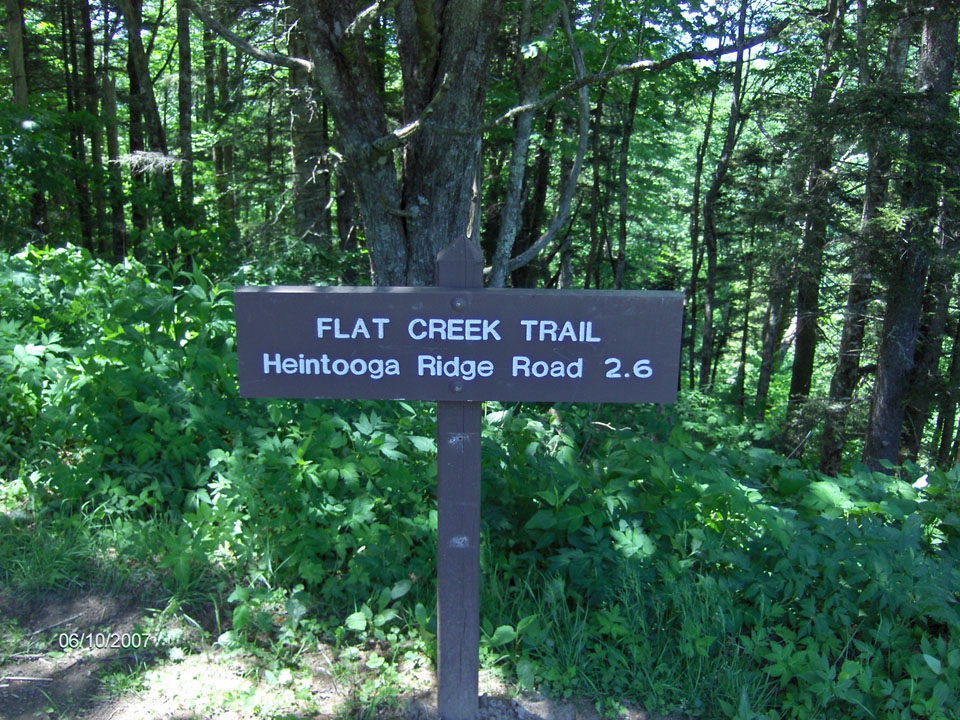
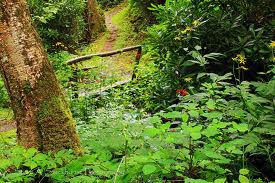 There are some great sights and lookouts along the way as well as a few stream crossings that are said to contain native brook trout along this trail, just off the Blue Ridge Parkway and past the Balsam Mountain Campground.
There are some great sights and lookouts along the way as well as a few stream crossings that are said to contain native brook trout along this trail, just off the Blue Ridge Parkway and past the Balsam Mountain Campground.